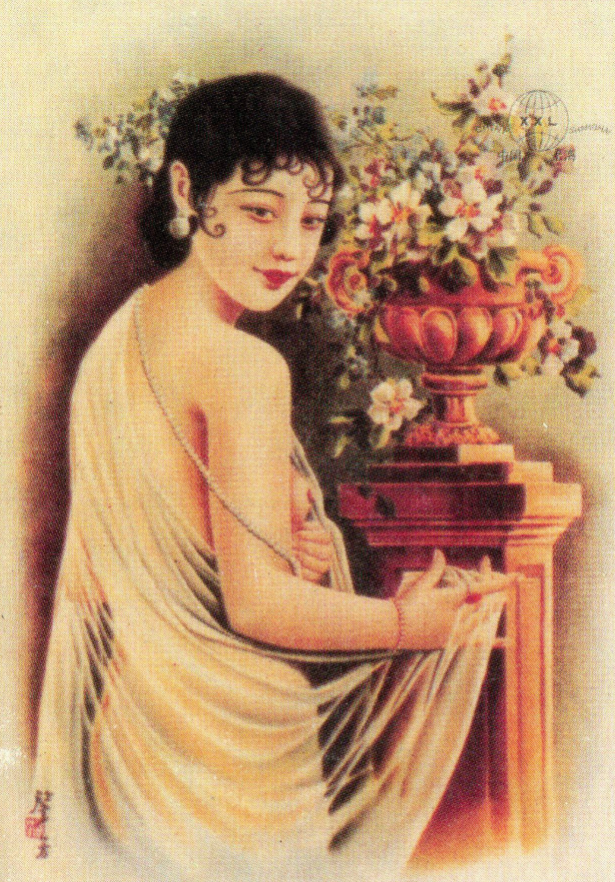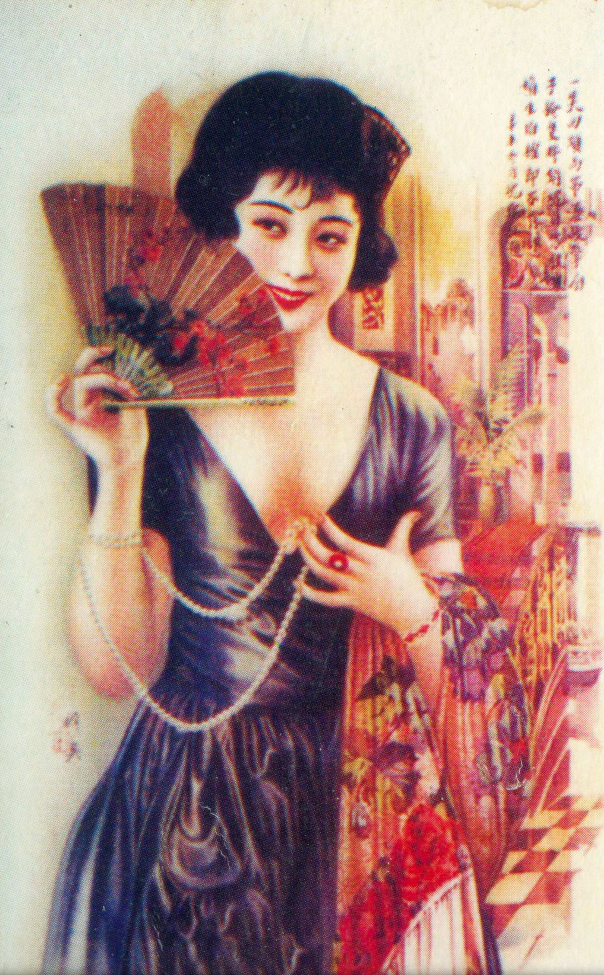

My multiple journeys to Shanghai, China has revealed some unique and interesting art and cultural histories. The most populated metropolis on earth is located on the coast and is a global financial hub.
Its heart is the Bund, a famed waterfront promenade lined with colonial-era buildings. Across the Huangpu River rises the Pudong district’s futuristic skyline, including 632m Shanghai Tower and the Oriental Pearl TV Tower, with distinctive pink spheres. Sprawling Yu Garden has traditional pavilions, towers, and ponds.
One hundred and seventy-five years ago, in 1842, China’s defeat in the First Opium War forcibly opened Shanghai as a trading port, allowing the British, French, and Americans to set up settlements.
It was then a small village with a few thousand inhabitants, Shanghai quickly grew to become one of the most international metropolises in Asia in the 1920s and '30s and now the world.
With that came Western influence on the city’s culture and lifestyle. Commerce boomed, and advertising posters selling everything from cigarettes to batteries lined the streets. But the products almost didn't matter in these ads. The one thing they all had in common: beautiful women, either dressed in the traditional Qipao (a body-hugging dress), or in western fashion influenced by Art Nouveau and Art Deco.
These posters, some considered quite racy at that time, captured the glamor of old Shanghai right on the brink of the Second World War.